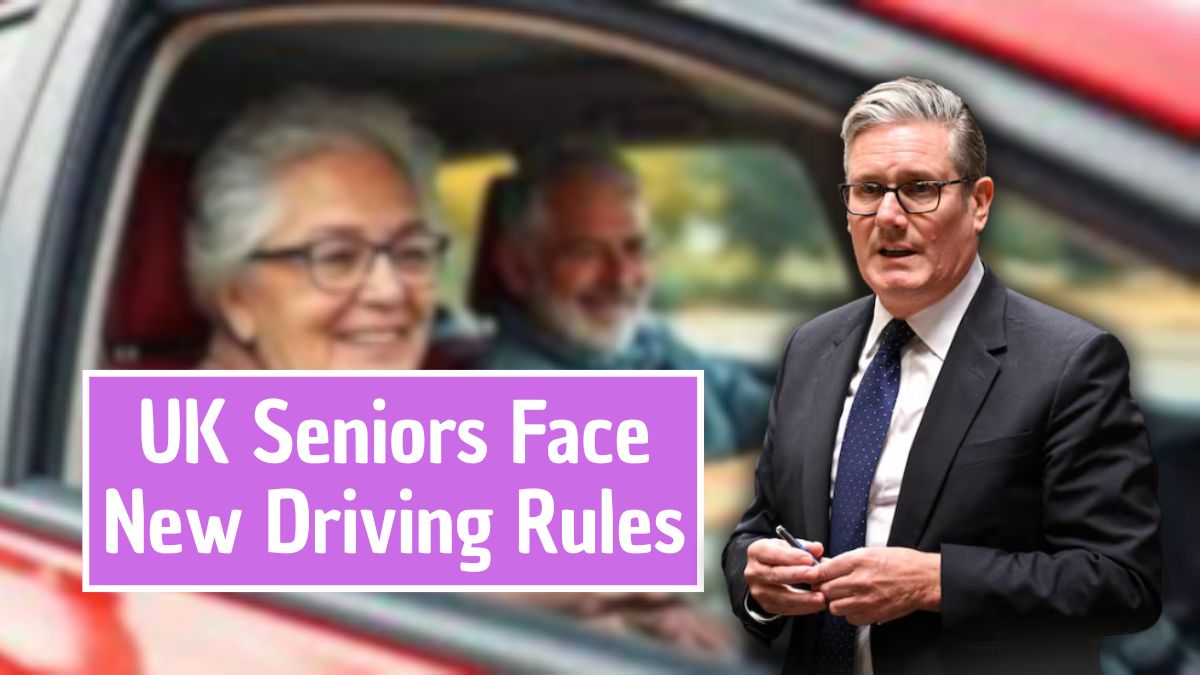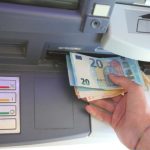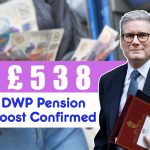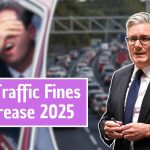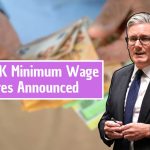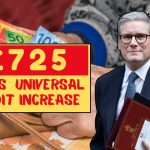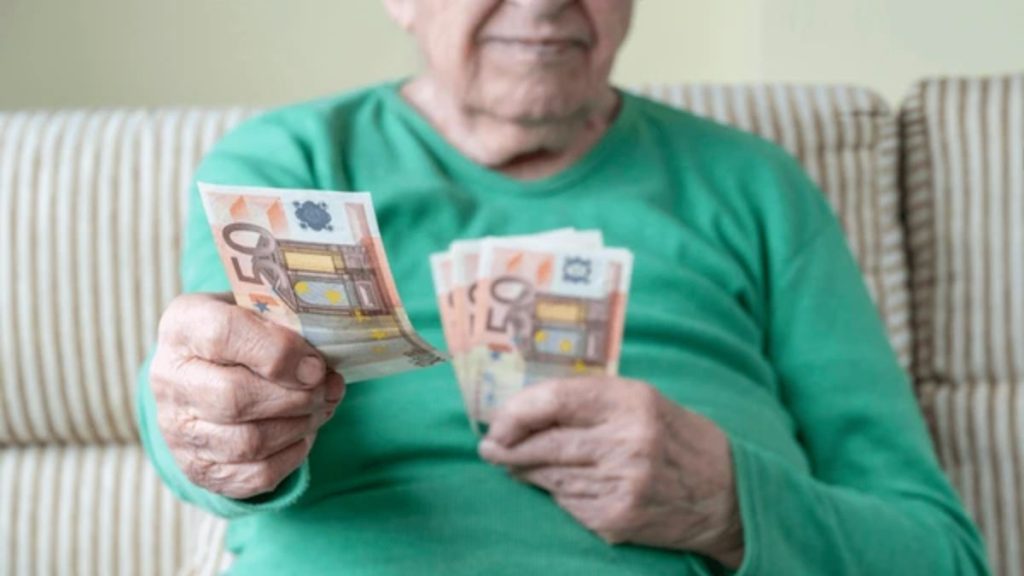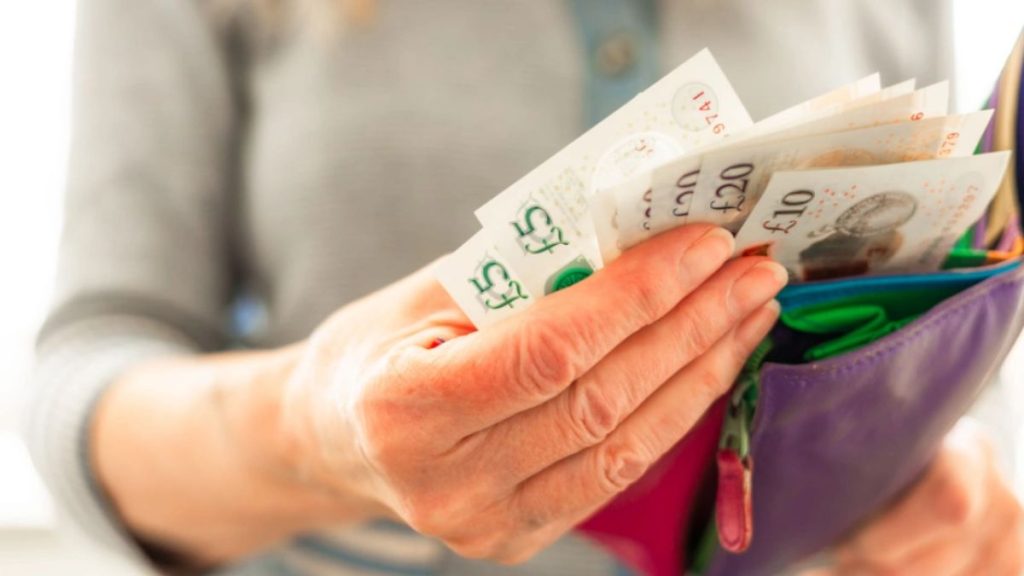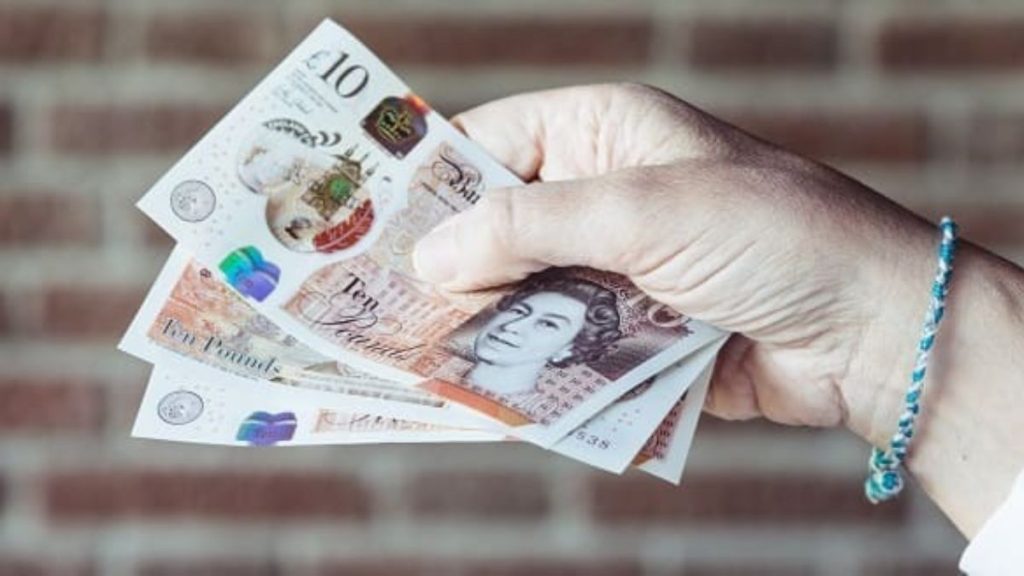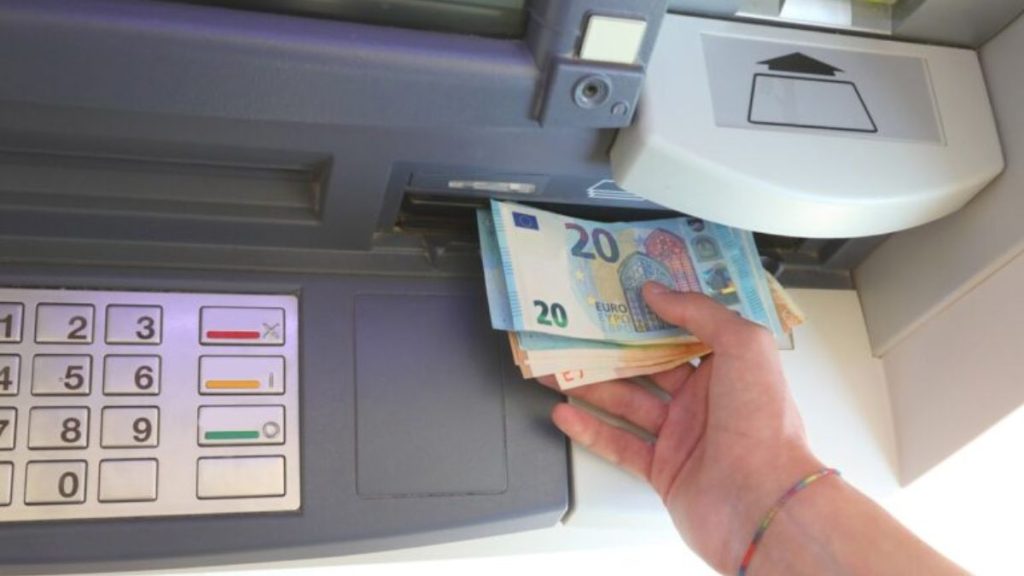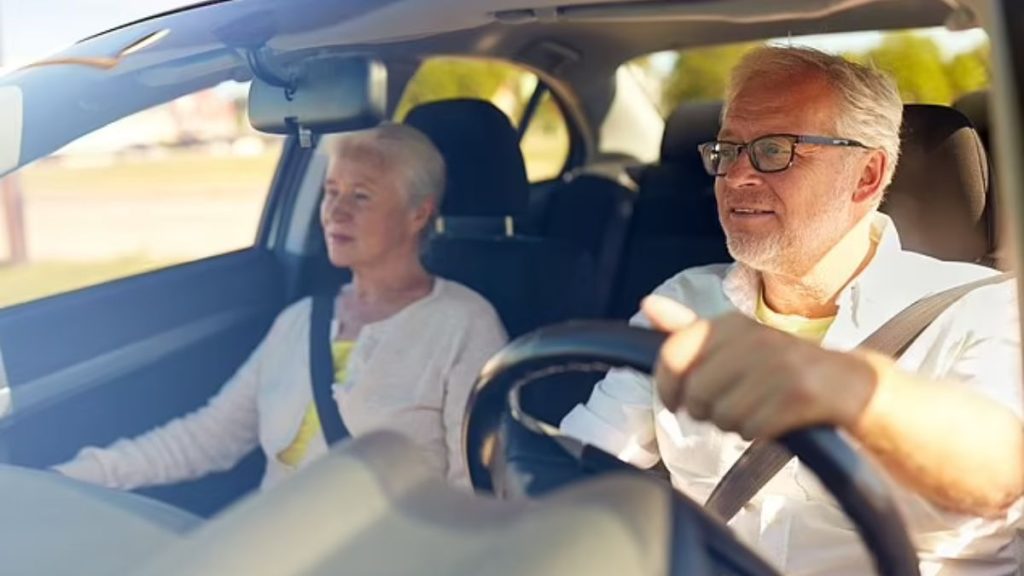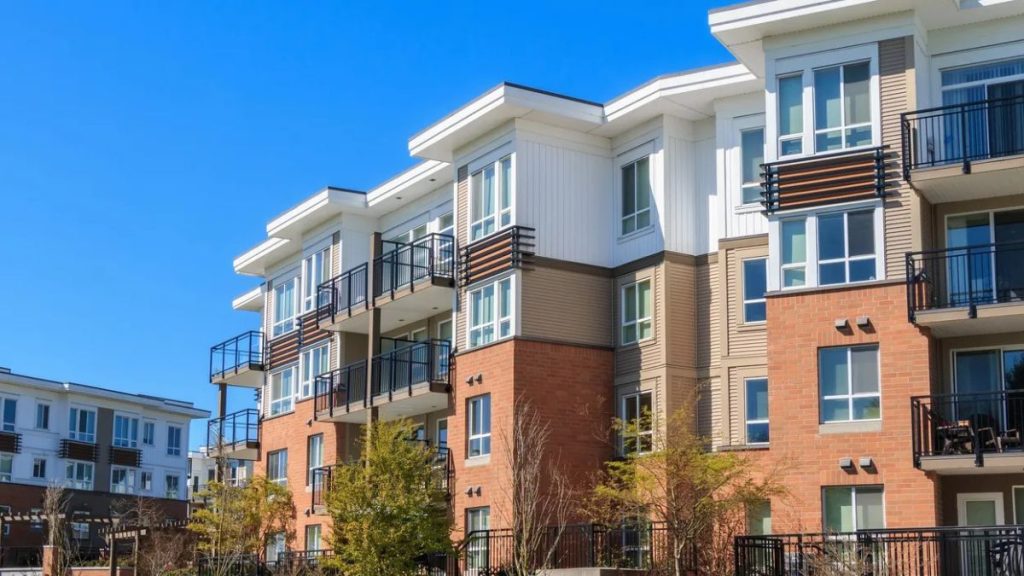The Department for Work and Pensions (DWP) has officially confirmed a £600 Cost of Living Boost for eligible UK households beginning October 2025. As prices for food, energy, and transport continue to strain family budgets, this one-off payment is intended to provide essential relief before the onset of winter.
This latest round of support builds on the government’s previous cost-of-living packages, ensuring that low-income families, pensioners, and people with disabilities receive timely financial help to manage everyday expenses.
Here’s a complete breakdown of who qualifies, when to expect the payment, and how to make the most of it.
What Is the £600 Cost of Living Boost?
The £600 Cost of Living Boost is a one-off, tax-free payment introduced by the UK government to help eligible households offset the impact of rising living costs.
Unlike regular benefits, this boost is not a loan and does not need to be repaid. It will be paid automatically to those already receiving qualifying benefits, meaning no separate application is required.
The DWP confirmed that the payment aims to cushion the financial burden of essentials such as:
- Energy bills (gas, electricity, heating)
- Food and groceries
- Transport and travel expenses
- Household essentials or rent support
It forms part of the government’s ongoing initiative to help households navigate the persistent inflation that has affected everyday spending power across the UK.
Who Is Eligible for the £600 Payment?
Eligibility for the £600 Cost of Living Boost depends primarily on which benefits you currently receive. The government’s focus is to assist those on lower incomes or fixed benefits who are most affected by price increases.
Qualifying Benefits Include:
- Universal Credit
- Pension Credit
- Income Support
- Jobseeker’s Allowance (JSA) – income-based
- Employment and Support Allowance (ESA) – income-related
If you are receiving any of these benefits, you will automatically qualify for the £600 payment.
Other Key Points:
- You must be a UK resident during the qualifying period.
- For Pension Credit, you must be over the state pension age and meet income criteria.
- For Universal Credit or ESA, age is not a restriction, but income thresholds apply.
Those who don’t receive these benefits may still be able to access discretionary local payments depending on their council or region. The DWP recommends checking with your local authority or GOV.UK for updated information.
How Much Will You Receive?
Each eligible household will receive a total of £600. This is a fixed amount, not affected by income level, savings, or other benefits.
In some cases — particularly for couples claiming separate qualifying benefits — both partners may receive individual £600 payments, though this depends on your household’s benefit arrangements.
The payment is non-taxable and will not affect other benefits such as Housing Benefit, Child Benefit, or Council Tax reductions.
Payment Dates: When Will You Get the £600?
The DWP has confirmed that payments will start rolling out in early October 2025.
Exact dates will vary based on which department issues your benefits:
| Benefit Type | Payment Source | Estimated Payment Window |
|---|---|---|
| Universal Credit | DWP | From 7–20 October 2025 |
| Pension Credit | DWP | Mid–October 2025 |
| Tax Credits | HMRC | Late October 2025 |
| ESA / JSA / Income Support | DWP | Early to mid–October 2025 |
Recipients will receive the payment directly into their existing bank accounts, the same way they receive their usual benefit payments.
The DWP and HMRC will issue the payment under clear references such as “DWP COL” or “HMRC COL”, making it easy to identify on bank statements.
How the £600 Will Be Paid
There is no need to apply. The DWP will process payments automatically using existing benefit systems.
Payments will be made using the same method you currently receive your benefits:
- Bank transfer – Directly to your account.
- Post Office Card Account – Automatically deposited.
- Cheque – In rare cases where bank access is unavailable.
Recipients should avoid sharing personal or banking information with anyone claiming to assist with applications — this payment is automatic, and no third-party involvement is needed.
How to Use the £600 Payment Wisely
While there are no restrictions on how the payment can be spent, it’s designed to help households meet essential expenses. Financial advisors recommend focusing on:
- Energy bills ahead of the winter season.
- Groceries and essential household supplies.
- Rent or mortgage payments to avoid arrears.
- Transport costs for work or medical appointments.
If your bills are already up to date, consider setting aside part of the payment for emergency savings or unexpected repairs during colder months.
What to Do If You Haven’t Received Your Payment
If you believe you’re eligible but haven’t received the £600 by 31 October 2025, take the following steps:
- Check your online DWP or HMRC account to confirm payment status.
- Verify bank details linked to your benefit record — outdated information can delay transfers.
- Ensure your benefit claim is active and not under review or suspension.
- Contact the DWP Helpline or HMRC Cost of Living team if payment still hasn’t arrived after the rollout window.
Be ready with your National Insurance number, date of birth, and benefit claim reference to speed up verification.
Tax and Benefit Impact
The £600 Cost of Living Boost is completely tax-free. It will not count as income and therefore will not reduce or affect other benefits you currently receive.
That means you’ll get the full £600 in your account — no deductions, no impact on tax codes, and no repayment obligations.
Additional Support Available in 2025
The £600 boost complements several other financial relief measures available this year. Pensioners, low-income families, and vulnerable individuals may also qualify for:
- Winter Fuel Payment – £250 to £600 for pension-age residents to cover heating costs.
- Warm Home Discount – £150 energy bill rebate for eligible households.
- Cold Weather Payments – £25 per week during severe cold spells (triggered automatically).
- Council Hardship Funds – Local grants for rent, food, or energy emergencies.
Checking eligibility for these programs can help households access hundreds of pounds in extra assistance alongside the £600 payment.
Budget Planning: Making the Payment Go Further
Since this is a one-off payment, planning how to use it effectively is key. Experts suggest:
- Prioritise essentials – Cover unavoidable expenses first, such as heating or rent.
- Buy in bulk – Stock up on non-perishable goods and household items.
- Set aside savings – Even saving £50–£100 can cushion future expenses.
- Track spending – Use budgeting apps or notebooks to ensure the funds last.
Smart budgeting ensures that the £600 payment extends its impact beyond the initial weeks.
How This Payment Helps Households
With ongoing inflation and increasing living costs, many households remain under pressure despite previous support schemes.
The £600 boost provides timely relief, particularly for:
- Pensioners living on fixed incomes.
- Working families balancing childcare and energy costs.
- Disabled individuals managing additional living expenses.
By targeting those most in need, the DWP hopes to reduce financial stress across the UK during one of the most expensive seasons of the year.
Government’s Message to Claimants
The DWP reiterated that the payment is part of its commitment to supporting the most vulnerable. A spokesperson said:
“We know many households continue to face challenges due to rising costs. The £600 Cost of Living Boost is one of several steps we’re taking to ensure people get the help they need ahead of winter.”
The department also urged claimants to stay alert for scams, emphasizing that the DWP will never ask for personal or banking details by text, phone, or email.
5 Frequently Asked Questions (FAQs)
Q1. What is the £600 Cost of Living Boost?
It’s a one-off, tax-free payment from the DWP to help households manage rising living costs and energy bills in October 2025.
Q2. Do I need to apply for the £600 payment?
No application is needed. The payment is automatic for those receiving qualifying benefits such as Universal Credit or Pension Credit.
Q3. When will I get the payment?
Payments begin in early October 2025 and will continue throughout the month, depending on your benefit type and payment schedule.
Q4. Is the £600 taxable or will it affect my benefits?
No. The payment is not taxable and will not affect other benefits or tax codes.
Q5. What should I do if I don’t receive the £600 by October’s end?
Contact the DWP or HMRC helpline with your National Insurance and benefit details to report the missing payment.
